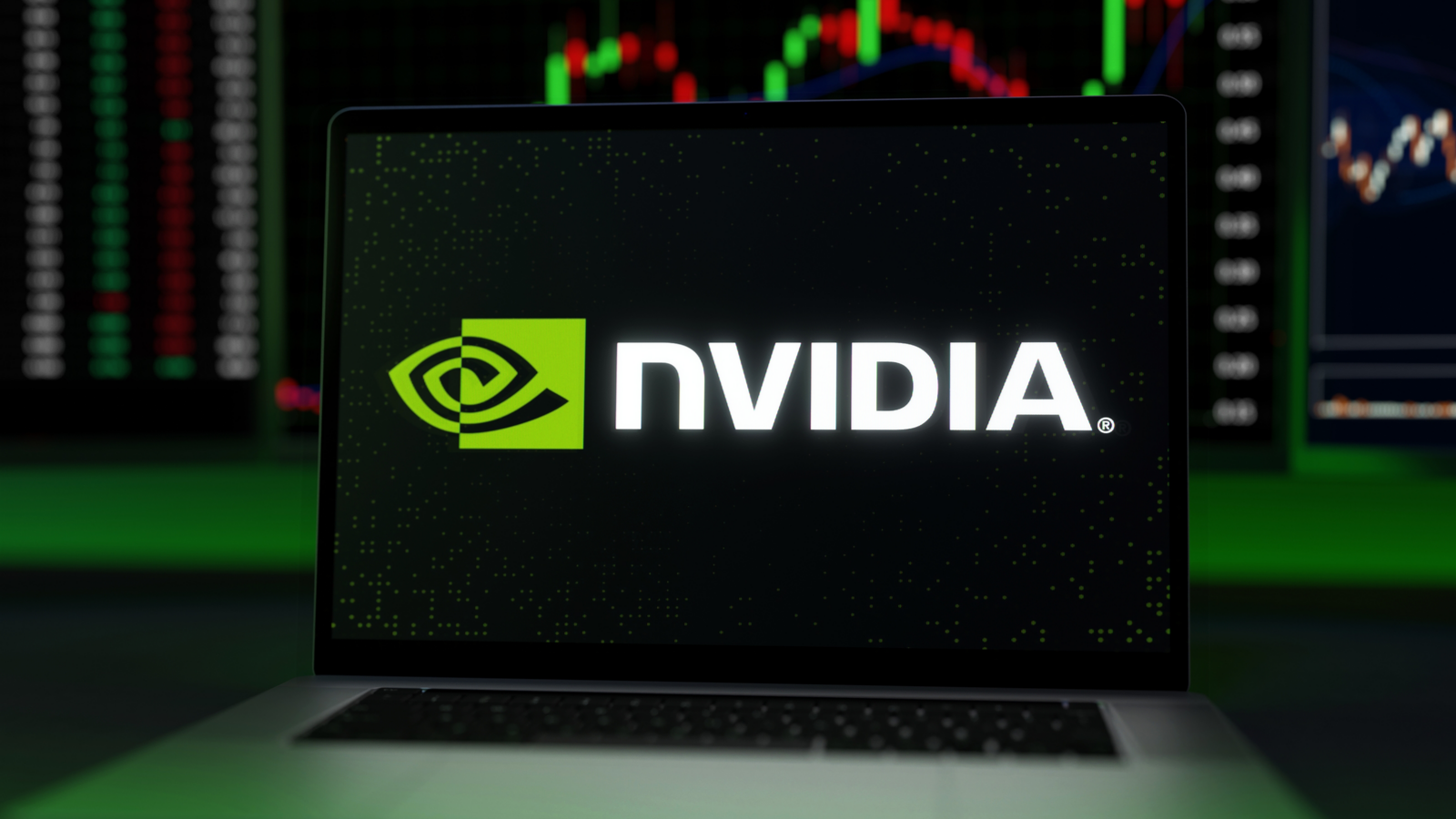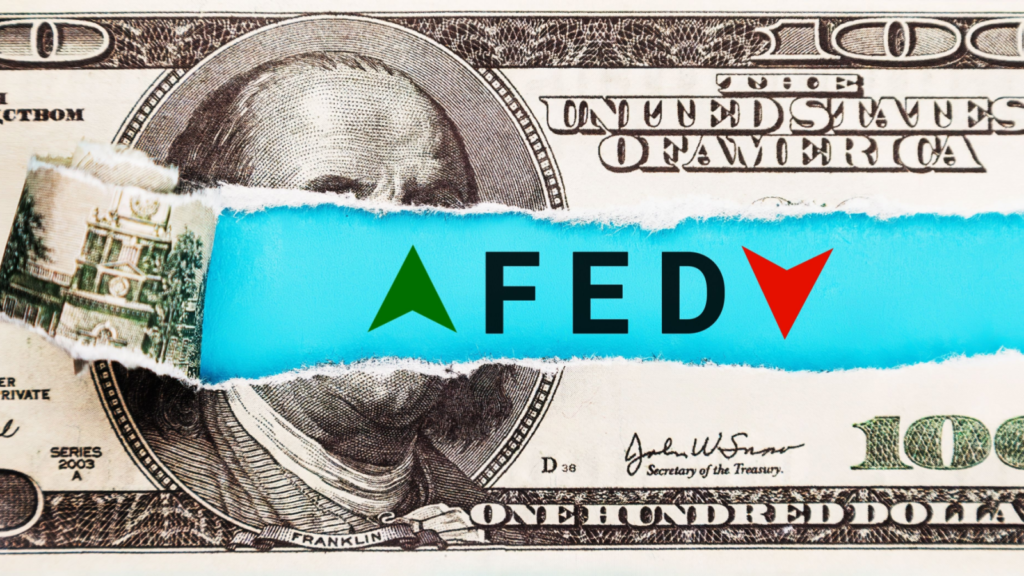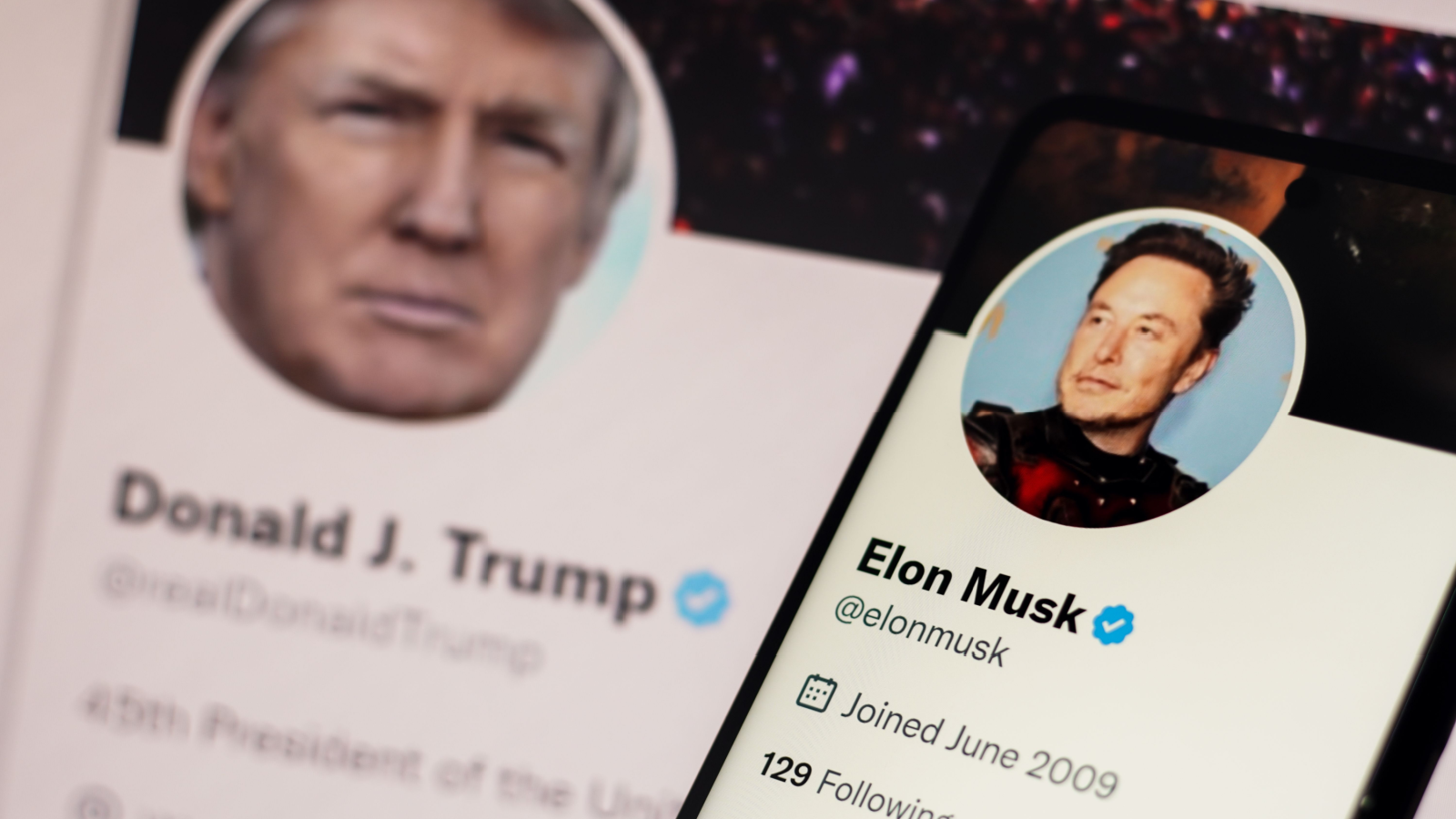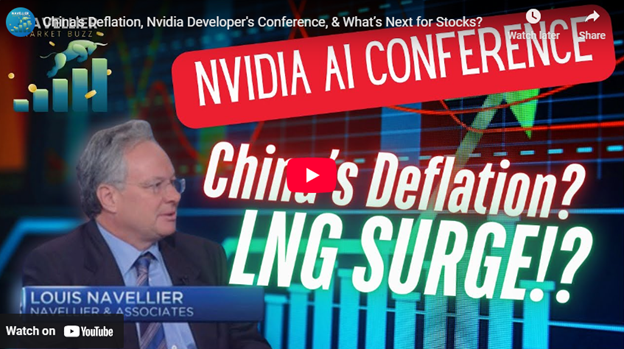Your Questions About Quantum Computing and NVIDIA’s “Q” Day – Answered

First, I want to thank everyone who joined me for our special event last week: the Next 50X NVIDIA Call.
During the briefing, we dove deep into everything from NVIDIA Corporation’s (NVDA) upcoming Quantum Day (Q Day) event, to how quantum computing could revolutionize AI – and I even told you a little about my No. 1 pick that has the potential to deliver life-changing returns, NVIDIA did before AI went mainstream.
Now, before I held my Next 50X NVIDIA Call special summit, my team and I put together a special series on quantum investing. Since I released these articles, readers submitted a host of questions.
Frankly, I was impressed by the quality of your questions, and I have to admit I was surprised by just how much investors are interested in quantum computing right now.
But when you’re talking about potentially getting in on the next great technological breakthrough of our lifetimes, it makes sense…
After all, who wouldn’t want another shot at getting in early on a groundbreaking opportunity like AI?
Who wouldn’t want to go back in time and buy NVIDIA – like I recommended to my premium readers in 2016?
So, in today’s Market 360, I’d like to spend some time tackling your most pressing questions about NVIDIA’s Q Day, quantum computing and how you can position your portfolio to benefit from this fascinating opportunity. (And don’t forget to check out the replay of the Next 50X NVIDIA Call here.)
Let’s get started…
1. What exactly is quantum computing, and why should investors care?
Quantum computing operates at the subatomic level, using advanced technologies like ultra-cold superconducting chips and “qubits” – quantum bits that encode information differently from the traditional ones and zeroes used by classical computers. Because qubits can exist simultaneously as both a one and zero, quantum computers have the extraordinary ability to process multiple possibilities at once.
Why does this matter? Because quantum computing can solve problems that are impossible (or at least highly impractical) for traditional computers. These include critical challenges in trillion-dollar markets like drug discovery, materials science, finance, artificial intelligence and autonomous vehicles.
Now, here’s the really exciting part for investors…
Quantum computing today is where artificial intelligence was a few years ago.
It’s an exciting technology that few people have heard about. But you’re beginning to see more and more news… and the talk around the watercooler is growing.
It’s like investing in AI back in 2016 – just before NVIDIA’s historic 7,000% run.
Investors who positioned themselves early in AI saw life-changing gains.
Quantum computing offers a similar rare opportunity. Those who act now could capture massive profits as quantum computing enters its own explosive growth phase.
2. Why is NVIDIA suddenly so interested in quantum computing?
Simply put, NVIDIA recognizes that traditional graphic processing units (GPUs) will soon approach their physical limits. When today’s chips reach the atomic scale later this decade, quantum computing will become essential for continued progress in AI and high-performance computing.
NVIDIA has already made bold moves into quantum computing:
- It operates a quantum cloud simulator to help developers explore quantum algorithms.
- It launched CUDA-Q, a quantum-classical hybrid computing platform designed to integrate quantum processors with NVIDIA’s GPUs.
- NVIDIA recently announced the establishment of the Boston Quantum Research Center, which will focus on quantum hardware development, quantum-classical software integration and quantum networking – clear signs the company is serious about its quantum ambitions.
With NVIDIA’s Quantum Day tomorrow, investors should prepare for big announcements signaling the company’s next move into this breakthrough technology.
3. I’m really excited about quantum’s potential. Should I go “all in”?
No – and here’s why. Quantum computing is still in its early stages, and stocks in this field remain volatile. Going “all in” could expose your portfolio to unnecessary risk.
Instead, I strongly recommend taking a measured, strategic approach: Invest in a diversified basket of carefully selected quantum computing stocks. This way, you’ll capture quantum’s massive growth potential while reducing your exposure to individual company risk.
In fact, in the Next 50X NVIDIA Call event last week, I revealed my No. 1 quantum computing pick – a small-cap company that’s deeply tied to NVIDIA, Microsoft Corporation (MSFT), Amazon.com, Inc. (AMZN) and NASA. This stock is already showing incredible potential. But it’s not alone; during the event, I also discussed a few other strong stocks to consider as part of a balanced quantum portfolio.
4. What’s your favorite quantum computing stock right now? Least favorite?
My absolute favorite quantum computing stock is the small-cap gem I highlighted in my Next 50X NVIDIA Call. While I can’t reveal the name here, let me explain why I’m so bullish…
This little-known company holds 102 patents protecting its innovative quantum technology. And given its partnerships with NVIDIA, Microsoft, Amazon and even NASA it’s perfectly positioned at the intersection of Big Tech’s quantum ambitions.
Most investors don’t know this stock yet. But with NVIDIA’s Quantum Day just around the corner, I expect this tiny firm to step into the spotlight – especially if NVIDIA announces a partnership or collaboration at the event. We’ll know more when the even takes place tomorrow, so I’d encourage you to prepare now by watching the replay of my briefing here.
The point is, as quantum computing moves rapidly toward real-world adoption, this company has the potential to skyrocket – perhaps even delivering the kind of transformational 50X returns we saw with NVIDIA.
Now, as for my least favorite quantum computing stock, that would be Quantum Computing Inc. (QUBT). It consistently shows weak fundamentals, widening losses and struggles to achieve meaningful technological breakthroughs. I will also add that if you do a bit of digging, you will find that it has a bit of a “checkered” history.
Bottom line: This is one to steer clear of, folks.
You see, to profit from quantum computing, you have to pick quality. My Stock Grader (subscription required) system is designed precisely for that – it evaluates stocks based on fundamental strength, earnings momentum and strong institutional buying. It’s what I used to help identify my No. 1 pick, as well as my other favorites in this space. (I talked a bit about my background and Stock Grader’s origin in this article.)
5. How can I invest in quantum computing if the field is still emerging?
You’re absolutely right – quantum computing is still early. But that’s precisely why this is such an exciting moment for investors.
With emerging technologies like quantum computing, you need a proven approach. That’s where Stock Grader comes in.
My proprietary stock-rating system combines fundamental analysis (sales, earnings growth, operating margins, etc.) along with institutional buying pressure. It has successfully identified huge winners before they became widely known – like NVIDIA in 2016 at just $1 per share.
Today, Stock Grader has identified several exciting quantum computing companies that could become tomorrow’s market leaders. And I’ve included full, detailed writeups on five of them in my brand-new report, The Perfect Quantum Computing Portfolio: 5 Stocks to Own Today.
The Future Is Happening Now: Watch the Replay Before It’s Too Late
Quantum computing isn’t just theoretical anymore. Practical breakthroughs are happening right now.
In this Market 360 article, we covered how Big Tech is getting in on the action:
- Google unveiled its powerful “Willow” quantum chip.
- Amazon launched its “Ocelot” quantum processor.
- Microsoft debuted its “Majorana 1” quantum platform.
And just last Wednesday, D-Wave Quantum Inc. (QBTS)announced that they recently performed a simulation in minutes that would take classical supercomputers nearly one million years. (We covered that news here.)
Since that news broke, quantum stocks have been scorching… QBTS has doubled… another one of my favorite picks is up 25%… and another is up 23%…
But there’s more where that come from.
Remember, NVIDIA’s Quantum Day is tomorrow – and when NVIDIA CEO Jensen Huang speaks, the markets listen.
But your time to act is limited. As quantum computing grabs headlines, more investors will start catching on. That means the truly massive profits will soon be off the table.
If you missed last week’s event – or want to review the critical details one more time – I strongly urge you to watch the replay immediately, while it’s still available.
Click here to watch the replay right now.
Sincerely,


Louis Navellier
Editor, Market 360
The Editor hereby discloses that as of the date of this email, the Editor, directly or indirectly, owns the following securities that are the subject of the commentary, analysis, opinions, advice, or recommendations in, or which are otherwise mentioned in, the essay set forth below:
NVIDIA Corporation (NVDA)


















